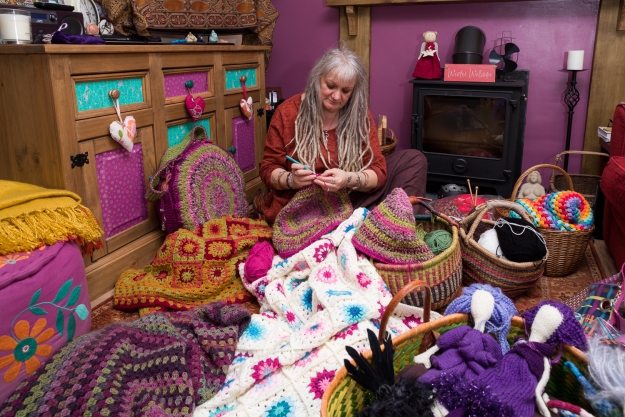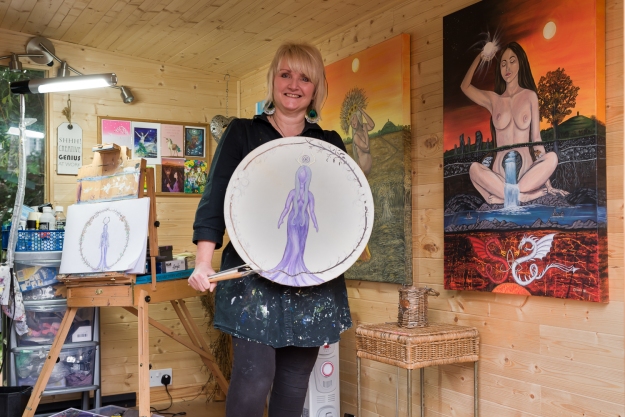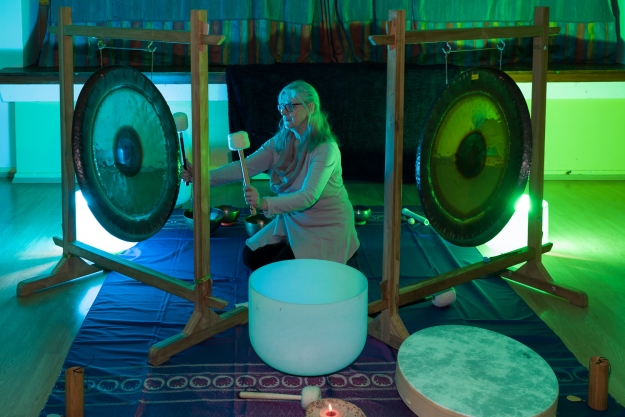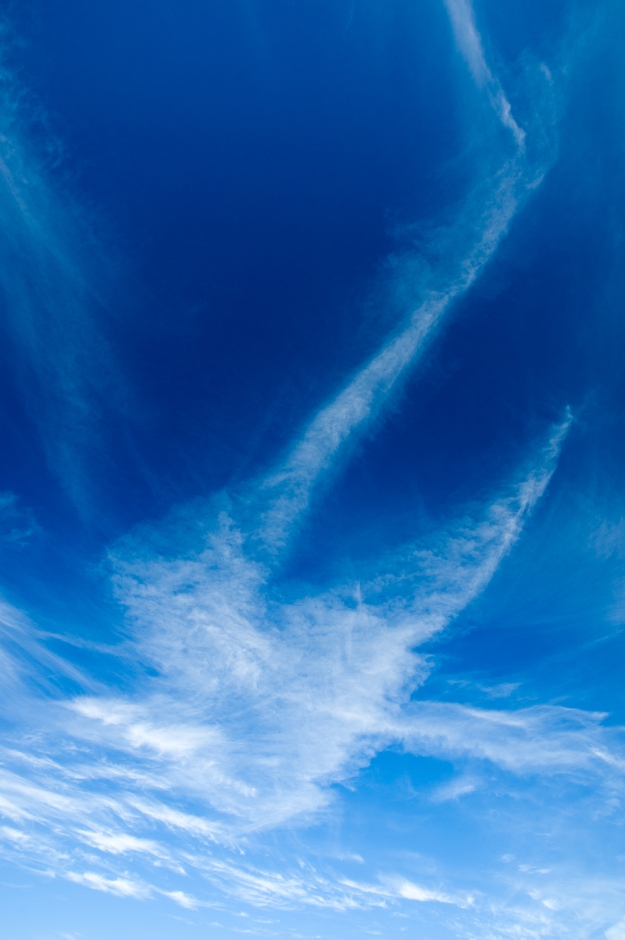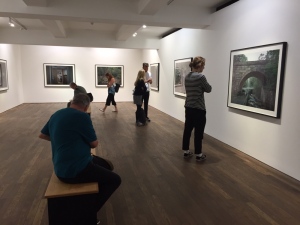https://discuss.oca-student.com/t/authenticity/6325
Interesting discussion on the OCA discussion forum which caught my eye because I’m thinking a lot about personal voice as I approach Level 2 and a sense of authenticity in others was such a key part of my I&P Assignment 5 just completed.
Andrew makes the distinction with cats:
“when the work of photographers is researched as the basis for a piece of work ‘does anyone know a photographer who has worked with cats jumping out of windows’, which is then used as an inspiration for a series of cats jumping out of windows. This seems too contrived to produce authenticity. Whereas, ‘I saw a series of cats jumping from windows and wondered how it would feel to be that cat’, which is then used to make photos while jumping from objects speaks to an authentic interest of the photographer.”
Like I’ve done in Assignment 5 – taking clear inspiration from Arbus in the method of approach, relating to subjects and highlighting less ‘normal’ members of society -for the Assignment to work I had to internalise this and expresss it in my own way. I’m genuinely interested in exploring how individuals relate to place in a spiritual way and find their own path away from the mainstream religions. I hope this diversity and authenticity (in them) shows through in the result.
Clive W adds that “the degree is all about finding out; who you are as a photographer, what you want to photograph and why. It’s investigative.”
It makes sense now why the course advocates that I take risks, discover, explore. It’s this self exploration and learning how to express it using a camera that is so important.
Looking back, I can see that the early signs of developing a personal voice started to appear late in Context and Narrative, then developed steadily over Identity and Place. Reflecting on my own work now themes around personal spirituality crop up again and again, as does a relationship with the land around us. At one point I feel quite disheartened with I&P and the focus on people and portraits, I yearn to say more about the places we occupy again, our relationships with our environment.
By contrast, in Assignment 5 I absolutely relished working with people and portraits, enjoying every shoot and resolving to continue as a personal project.
As these themes crystallise into a personal voice it looks clear that I’ll better relate to subjects who actually say something about me.




